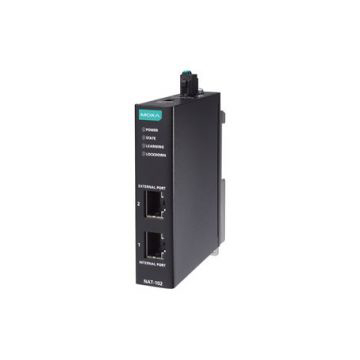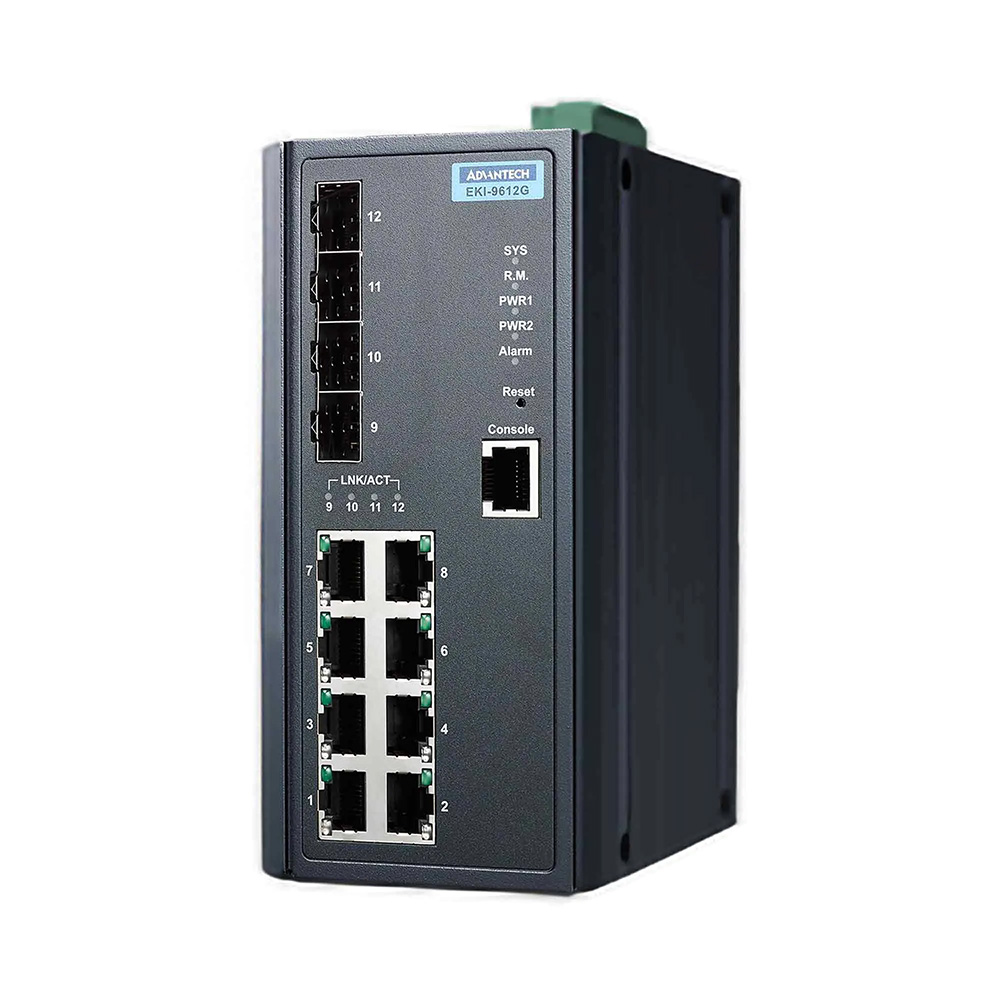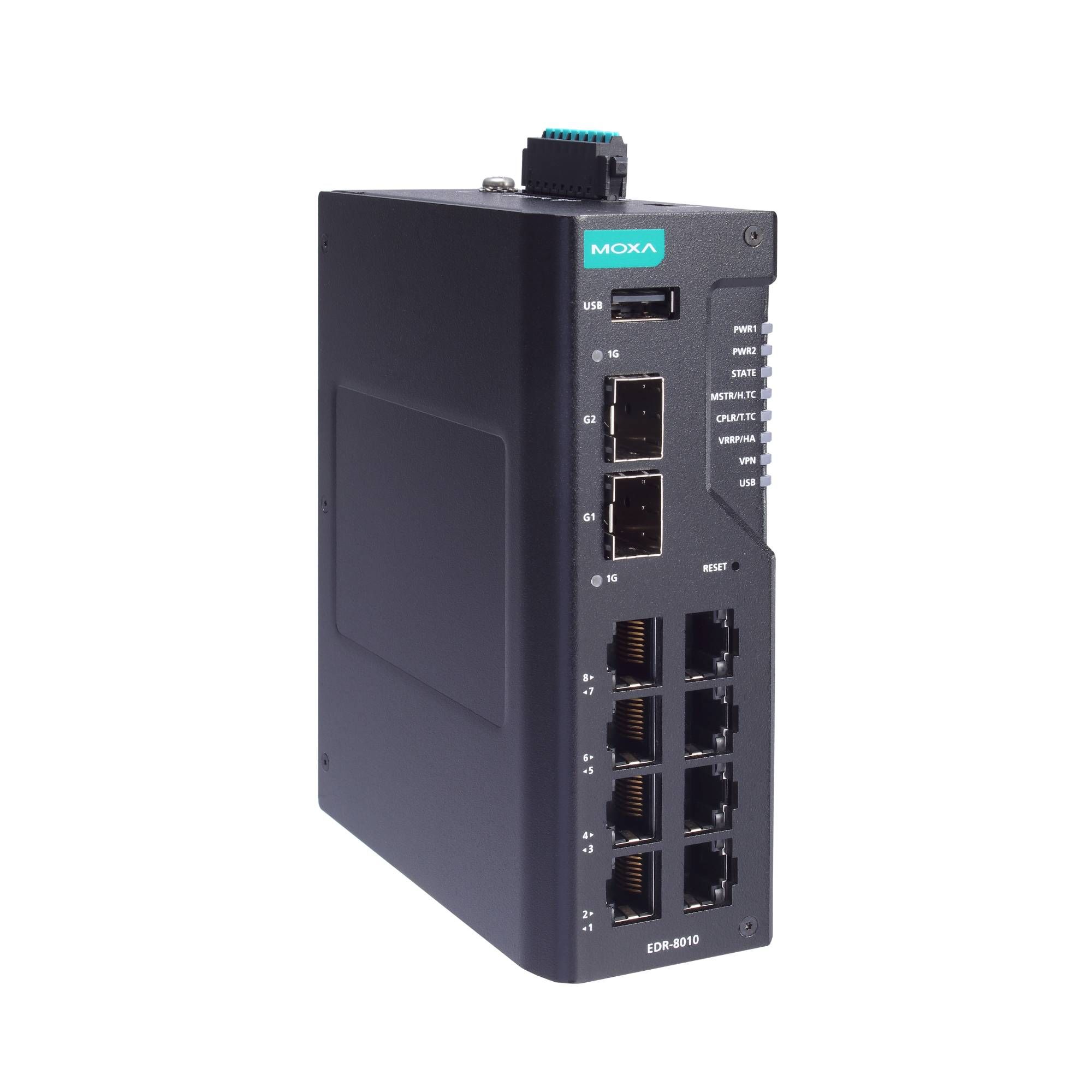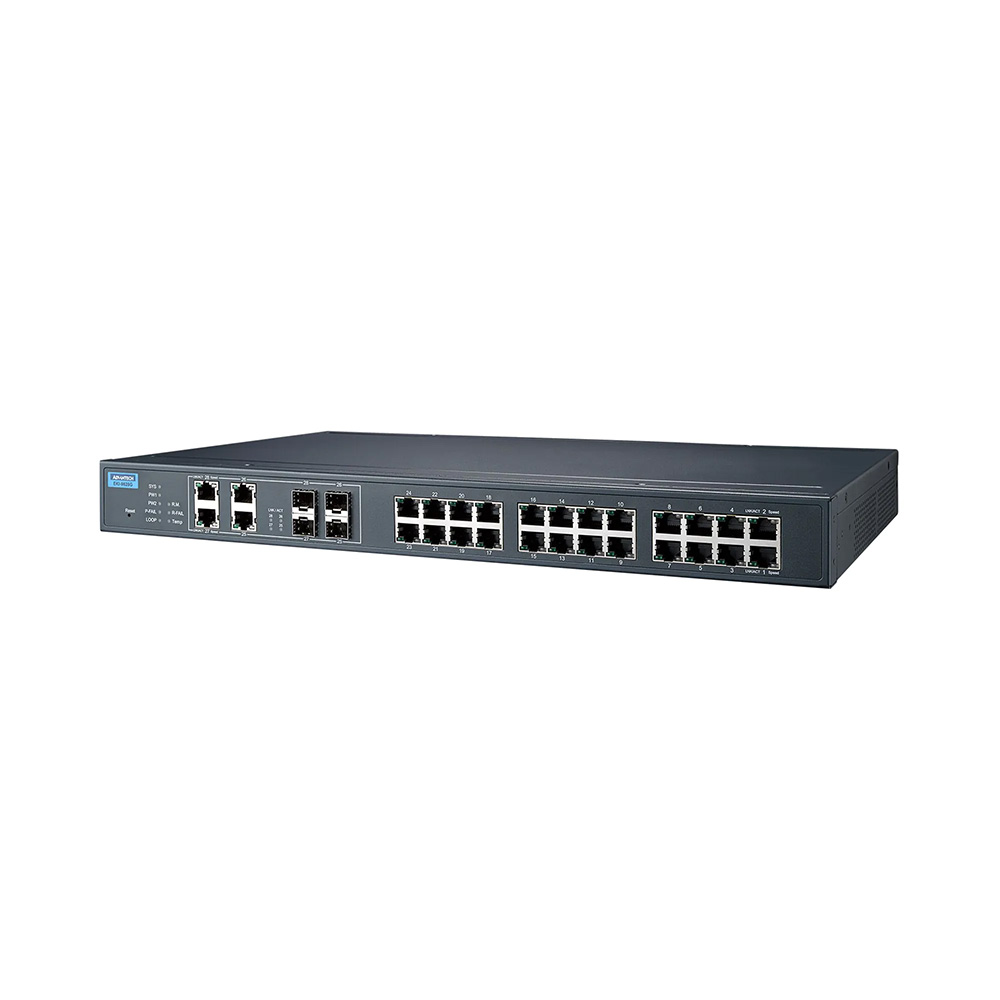We use cookies to make your experience better. To comply with the new e-Privacy directive, we need to ask for your consent to set the cookies. Learn more.
What is Network Address Translation (NAT)?

NAT is a method used by routers to share a single IP address across multiple devices on a local network.
Think of it as a receptionist for your internet traffic. When information comes in or goes out, NAT decides where it should go, just like a receptionist directs calls to the right person in an office.
How Does NAT Work?
Imagine you're sending letters to friends. You put your home address on each one so your friends can write back. NAT does something similar for your internet data. Here's how:
- Local Addresses: Each device on your network has its own unique local IP address.
- Single Public Address: Your router uses one public IP address to communicate with the internet.
- Data Requests: When you send data from your device, like clicking a link on a website, your router takes note of which device made that request.
- Translation: The router replaces your device's local IP with the public IP and sends the data out.
- Responses: When the website sends data back, the router looks at its notes, figures out which device asked for the data, and sends it to that device using its local IP.
Network Address Translation


Types of NAT
There are a few different types of NAT, each with its own way of handling connections:
- Static NAT: Assigns a unique public IP to a device on the local network. It's like having a personal phone line.
- Dynamic NAT: Assigns a public IP from a pool of available addresses. It's like taking a number at a delicatessen; you get the next available one.
- Port Address Translation (PAT): Also known as "NAT overload," this lets multiple devices share a single public IP. It keeps track of port numbers to tell the devices apart, kind of like adding apartment numbers to a building address.
Why Use NAT?
NAT is super useful because it lets lots of devices on a private network use just one public IP address. It's like having one mailbox for all your family's letters. This saves valuable IP addresses when we're running out of them. NAT also adds a layer of security by keeping individual device addresses hidden from the outside world, making it tougher for unwanted visitors to connect directly to your devices. Plus, it makes managing a network simpler since there's only one address to worry about for the whole group. So, NAT not only helps save resources but also keeps your network neat and more secure.
- Saves IP Addresses: There aren't enough public IP addresses for every device in the world, so NAT helps save space.
- Security: By hiding your devices' local IP addresses, NAT adds a layer of security, making it harder for hackers to target your devices directly.
- Ease of Use: NAT allows you to add more devices to your network without needing to get a new IP address for each one.
Challenges with NAT
While NAT is super helpful, it's not perfect. It can cause issues with online gaming or video conferencing because these activities need to establish direct connections. Sometimes, NAT can block these connections or slow things down.
FAQ
What is Network Address Translation (NAT)?
Network Address Translation (NAT) is a process used in routers to modify network address information in packet headers while in transit across a traffic routing device. It allows multiple devices within a local network to share a single public IP address.
Why is NAT used?
NAT is used primarily for conserving public IP addresses. With the increasing number of devices connecting to the internet, NAT enables many devices within a private network to share a single public IP address, thus reducing the demand for public IPs.
How does NAT work?
NAT works by intercepting data packets leaving the local network, replacing the source IP address and port number of each packet with the public IP address and a unique port number. When responses return from the internet, the router uses this information to determine where to route the packets within the local network.
What are the different types of NAT?
There are several types of NAT, including:
1. Static NAT: Maps a private IP address to a specific public IP address.
2. Dynamic NAT: Maps private IP addresses to public IP addresses on a first-come, first-served basis from a pool of available public IP addresses.
3. PAT (Port Address Translation): Maps multiple private IP addresses to a single public IP address using different port numbers.
Is NAT a security feature?
While NAT can provide some level of security by hiding internal IP addresses from external networks, it is not a dedicated security feature. Additional security measures such as firewalls and intrusion detection systems are typically needed to secure a network effectively.


















